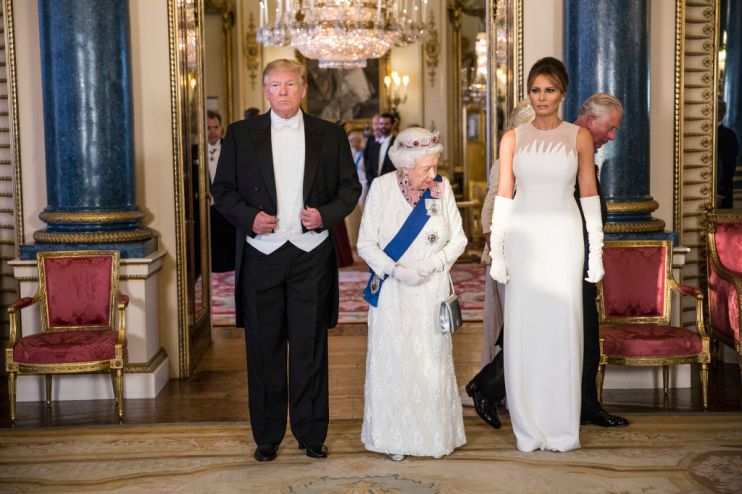Trump’s bluster shows why we need a rethink on world trade

Helicoptered in to London and driven around in The Beast – an armoured limousine – what will the US President have seen during his state visit to the UK? A man who famously eyes up every opportunity, Donald Trump saw a weakened UK, lost in the Brexit escape rooms and vulnerable to the dark arts of the deal.
Alongside all those spectacular photo opportunities with the Royal Family and comforting words about allies, the President will primarily have been concerned with showing his base back home that he is protecting US jobs within the framework of any new trade deal.
Trump may claim that trade between the US and its longest-standing and closest friend will “double or triple”, but we can see who will wear the trousers in any future negotiations. “Everything will be on the table,” he said at his press conference with lame-duck Prime Minister Theresa May.
The NHS: Is it on the table or not?
Initially, Trump was insistent that US healthcare companies and contractors must have access to the NHS – to the horror of the British liberal establishment. Of course, the President later rowed back on this point – but back across the Atlantic, diplomatic niceties will be packed away in a box along with his swallow-tailed morning coat.
All through the Trump presidency, the markets have struggled to find the right reaction to his predictions on trade deals. If the markets believed that US trade with the UK would triple, we would see considerable upwards movement in share prices. But we have not.
The message from Mexico
The problem is that we have a President who tweets a new policy or opinion seconds before shaking the hand of a foreign head of state on a red carpet, which makes things difficult. The markets don’t trust Trump, and so they will find it difficult to price any new UK trade agreement – not least because, as Trump has shown once again with Mexico, a deal is not a deal.
With presidents in the past, markets would have been able to evaluate the details of any trade deal and price it accurately. Now, we don’t really know if what is said (or tweeted) will match what happens.
World trade
The USMCA deal with Mexico and Canada was agreed upon last year, but not ratified. Yet late last month, the president slapped a five per cent tariff on all Mexican imports, and threatened much worse later unless illegal immigration is dealt with. The markets reacted to that reality, and share prices took a tumble, especially those of the vehicle manufacturers serving the US from across the Rio Grande.
Read more: President Trump attacks the euro
To be fair to Trump, he is a great disruptor, knowing full well that his capriciousness can work as a bludgeon in trade negotiations. When you are never sure what your powerful opposite number will do and are aware that it may be very unpleasant and painful, there is a tendency to pay attention.
But by outlining policy in 280 characters on Twitter, the President effectively gives markets the “start and the end” of the deal, and makes it difficult for them to have confidence in the substance. The truth is that he makes these deals largely for effect, to rally his core constituency and give off the perception of success.
He can do this with impunity in an arena where the World Trade Organisation (WTO), which has made incremental changes over the years, has become steadily more bureaucratic and ineffective.
What we need is a revived WTO that is part of a wider rules-based rethink in order to address the realities of trade in the era of global digitisation, increased national friction, and Chinese expansion.
Trump may well win a second term in office, just as we need an injection of innovation and consensus. We may end up receiving more headline-grabbing “deals” and threats, but the broader international community needs to play its own part in dragging world trade into the mid twenty-first century.